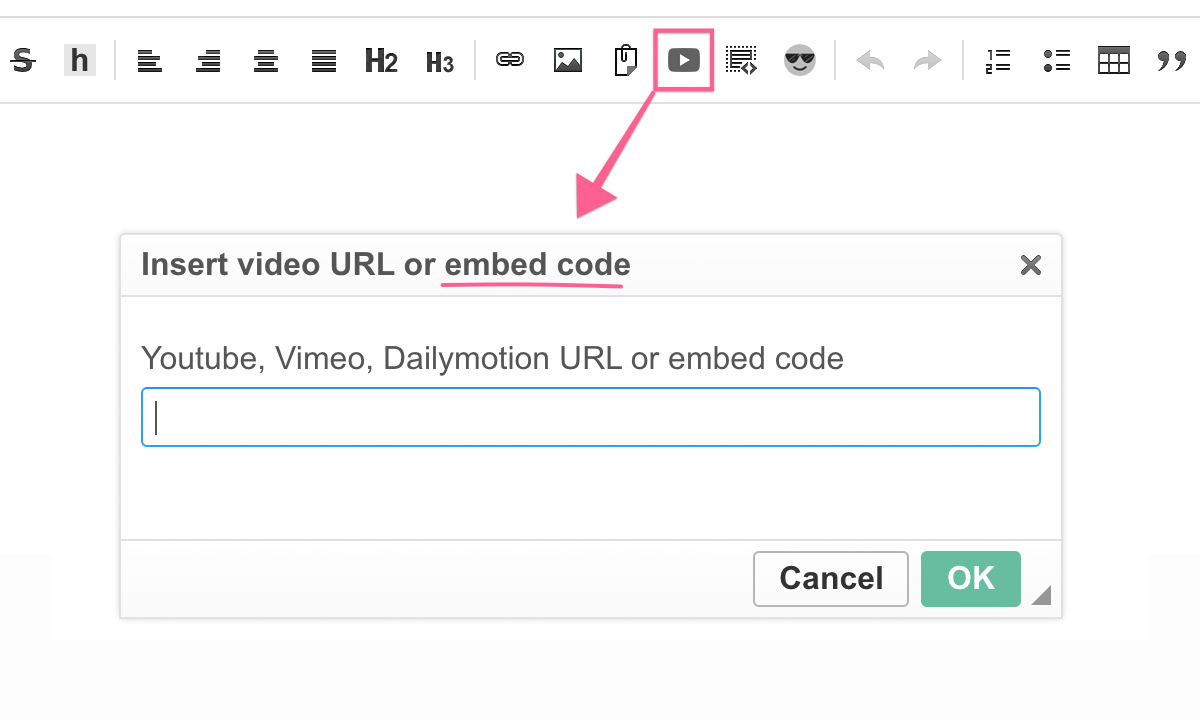
Employee surveys are a convenient, time-efficient technique of gathering relevant information about various aspects of the company’s operations. They allow the management insight into the overall condition of their workforce, their level of engagement, motivation, and satisfaction. They build trust between employees and management and provide a sense of involvement. Moreover, internal surveys can also check the employee pulse in crucial decision making
If done right, employee surveys will allow you to gather relevant information quickly and efficiently. If, on the other hand, done wrong, they will only burden the employees, take too much of their time and potentially further accentuate the employee-management division line.
Over the following lines, we will look into some of the most common survey types and provide a few guidelines on how to conduct a survey in a manner that will provide you with relevant information while respecting the employees’ time and obligations.

Survey types
Surveys can be used to gather information on anything from preferred party snacks at the upcoming company event to the employees’ attitudes towards the company that employs them. They all perform different roles in the company’s attempts to assess and improve the overall employee condition, so they all require a closer look.
Depending on the type of information they gather, we can identify the following main types of employee surveys:
-
Opinion survey: a type of survey used to gather the opinions of employees regarding specific issues. They are most commonly employed either when a company considers implementing a new policy, or when it suspects or identifies a pressing issue it seeks to resolve.
-
Satisfaction survey: a type of survey used periodically to assess the overall level of satisfaction of employees with the company and their own role in it. It is used to identify any pressing issues and help the management respond to them accordingly.
-
Evaluation survey: a specific type of survey designed to assess employee productivity and their value to the company. There are various types of this survey, including supervisors evaluating their direct subordinates, employees evaluating their supervisors, peer-to-peer evaluations, etc.
-
Engagement survey: measures the level of dedication and investment employees feel for their work and the overall work of the company.
-
Exit interview: feedback from existing employees gathered to identify any organizational issues and improve employee retention.
.jpg)
Better surveying
As we’ve already stated, surveys are a very useful tool in gathering information, but before you choose to occupy everyone’s time (no matter how briefly), you must carefully consider what type of information you’re looking for, whether your questions will provide the desired information, and whether a survey is the best way to obtain it.
If you are not sure your surveys are providing an effective measurement you may want to run a psychometrics assessment. The definition of psychometrics involves the scientific measurement of psychological attributes, and by aligning your survey methodology with these principles, you can transform the data collected into actionable insights.
If you have considered these questions and think that a survey is the best way to do it, here are a few tips on how to make your surveys count…
-
Respect the employees’ time: Regardless of how important surveys may be, always be aware that they take the employees away from their actual work. Don’t send a survey for every tiny issue, and when you do, try to keep it as short as possible. If it is a large-scale survey that contains a large volume of questions, try and limit those to once or twice a year.
-
Consider the alternatives: a survey is not always the best way to obtain information. Sometimes you will get better and more relevant results with interviews, meetings, or focus groups. Also, in cases when a company employs a system of online monitoring, you can sometimes extract the necessary information from web stats and avoid troubling any employees.
-
Try sampling: this piece of advice is only applicable to larger companies with a high number of employees. In such cases, you can avoid burdening all employees by surveying only a representative sample of employees and shuffling the sample for future surveys.
-
Keep it anonymous: unless the identity of the employees being surveyed is somehow relevant to the results (as is the case with certain types of evaluation surveys), always ensure that the responses are anonymous. Anonymity is crucial in building trust within the organization and receiving honest responses. To further ensure anonymity, consider using third-party services that process the data and only provide the end results.
-
Make it visible: once you send a survey, make sure that all employees know about it. Companies use different communication systems and this will greatly determine how you spread the word: an email notification, a message on an internal chat or a bulletin board, an Intranet portal, and so on.
-
Follow-through: ideally, surveys are a two-way process. The company gathers the information from the employees and then informs them about the results of the survey and any policy changes that emerge from it. It is important that the employees see the purpose of surveys and get the sense that their responses can actually affect changes within the company.

How BlogIn can help?
The BlogIn internal blog platform can help you conduct a survey and present the results easily and conveniently. The platform does not have an in-built survey layout, but it can be easily integrated with Google Forms - a product we all love and use regularly.
This way, you can create a post, describe the survey and its objectives, tag all employees you wish to include, and then simply insert the form into the post. Sending a survey this way also allows the employees to comment on it and improve the surveying process. Once the survey is processed, you can also share the results via a BlogIn post.
Here’s a quick instruction on how to insert a Google Form into a BlogIn post:
- Create a Google Form and send it to yourself
- Select the Embed HTML option
- Adjust the height and width parameters
- Copy the form’s HTML code
- Create a new post on Blogin
- Place the mouse cursor on the desired place in the post and choose “Insert a Youtube, Vimeo, Dailymotion video OR embed code” from the editor toolbar.

- Paste the embed code into the field in the modal window and click OK
The form is inserted into the post body. Following this procedure will ensure that the question form looks good in a blog post.
